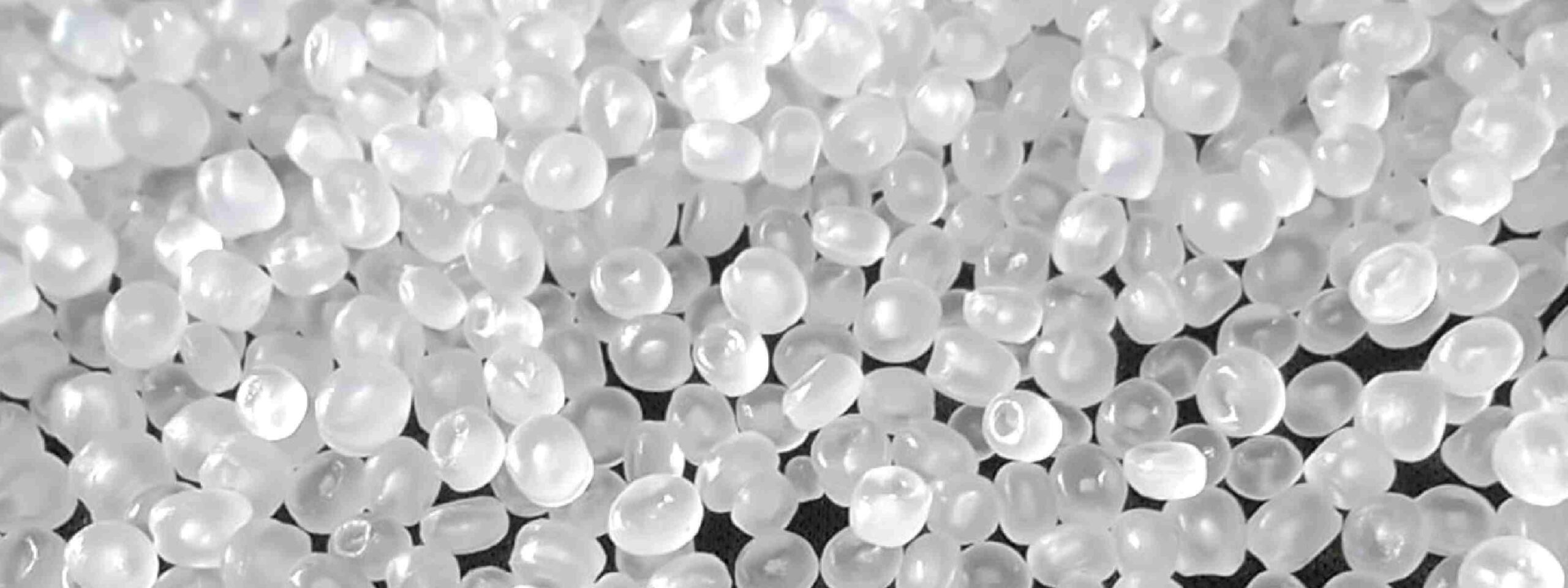Polypropylene (PP)
Polypropylene is good for a variety of applications, certainly including packaging of consumer products and making of plastic parts for the automotive industry. It alternately finds applications in the textile industry and also anybody can use to create living hinges. Polypropylene is semi-transparent and has a low-friction surface. It doesn’t react well with liquids, can easily be repaired to overcome damage and has a good electrical resistance (i.e. it is a good electrical insulator). Perhaps most importantly, polypropylene is adaptable to a variety of manufacturing techniques, which also makes it one of the most commonly-produced and highly-demanded plastics in the market.
In other words, two important benefits of Polypropylene relative to other plastics and materials are:
- A simpler manufacturing process
- Also an unique usage for creating Living Hinges
Product Information – Polypropylene (PP)InformationWe offer and also search PP in form of ground, granules, agglomerate, film and fibre scraps for injection and extrusion applications.
Applications
|
Also, Read More About Plasticcity.com, PP Fabric, LDPE Film, Plastic Raw Material, Plastic extrusion film and fabric, Polyvinly Chloride (PVC), PETE or PET, Polyethylene (PE)

